Summary
● If you're a pet owner looking to add greenery to your home, it's essential to choose plants that are low-maintenance and safe for pets. Options like the Spider Plant, Areca Palm, Boston Fern, and Calathea are all non-toxic to cats and dogs while being easy to care for.
● These plants not only enhance your home’s aesthetic but also improve air quality and provide a calming environment—perfect for households with pets, including dogs undergoing training.
● With minimal care requirements, these pet-friendly plants offer a beautiful and safe solution for your home.
Creating a pet-friendly home involves considering the needs and safety of your animals while also enhancing your living space with greenery. Pets, whether they are dogs, cats, or other animals, can sometimes have an unpredictable relationship with plants—either they’re drawn to them out of curiosity, or they might inadvertently knock them over. For pet owners who love the idea of adding some plants to their homes, the key is choosing the right ones that are low-maintenance, non-toxic, and pet-safe.
In this guide, we’ll discuss some of the best low-maintenance plants that will not only improve the aesthetic appeal of your home but also keep your pets safe. We will also touch upon how pet-friendly plants can fit seamlessly into homes with pets, even in environments that involve dog training, such as in homes with a Doberman who might be undergoing Doberman dog training.
1. Spider Plant (Chlorophytum comosum)
Spider plants are a fantastic choice for homes with pets because they are non-toxic and easy to care for. They thrive in moderate sunlight, making them ideal for both indoor and outdoor spaces. These plants are known for their long, arching leaves and small, white flowers, which can make a striking addition to your home’s décor.
Care Tips:
● Water your spider plant when the soil feels dry to the touch.
● They are adaptable and can grow in a variety of lighting conditions, from bright indirect light to lower light levels.
● Spider plants also help purify the air, which is an added bonus for both pets and owners.
Spider plants are often particularly attractive to curious pets due to their dangling foliage. However, they are completely safe for pets, so you can enjoy their beauty without worrying about your dog or cat ingesting them.
2. Areca Palm (Dypsis lutescens)
The Areca Palm, also known as the Butterfly Palm, is a beautiful, low-maintenance plant that is safe for pets. Its feathery, arching fronds can add a tropical touch to your home, and its air-purifying properties make it an excellent choice for households with pets and humans alike.
Care Tips:
● This palm does well in bright, indirect light but can tolerate lower light conditions.
● It prefers well-drained soil and requires moderate watering, allowing the top inch of soil to dry out between waterings.
● Be mindful of overwatering, as it can lead to root rot.
Since Areca Palms are non-toxic, your pets can safely roam around the plant without the risk of ingesting harmful substances. It's easy care routine is perfect for those looking for a plant that doesn’t require constant attention.
3. Boston Fern (Nephrolepis exaltata)
Boston ferns are another pet-safe option that provides a lush, green appearance in any home. These plants have delicate, feather-like fronds that cascade down, adding a dramatic flair to any room. They are also non-toxic to pets, making them an ideal choice for pet-friendly homes.
Care Tips:
● Boston ferns prefer indirect light, so keep them in a spot that receives filtered sunlight.
● They require moist soil, but be careful not to let them sit in water, as this can lead to root rot.
● Boston ferns thrive in higher humidity, so consider placing them in bathrooms or using a humidifier.
The Boston fern’s lush, dense foliage makes it a great option for those who want a more dramatic look in their homes. With its ease of care and non-toxic nature, it’s a great addition to a pet-friendly environment.
4. Parlor Palm (Chamaedorea elegans)
The parlor palm is an elegant, slow-growing indoor palm that is perfect for homes with pets. It’s non-toxic to both cats and dogs, making it an excellent choice for anyone with a pet-friendly space. The palm’s dark green leaves and upright growth form can add a sophisticated touch to your home while being incredibly easy to care for.
Care Tips:
● Parlor palms thrive in moderate, indirect light but can tolerate lower light levels.
● They prefer moist, well-draining soil, but be sure to let the soil dry out slightly between waterings.
● This palm doesn’t require frequent fertilizing, making it a low-maintenance option.
If you have a pet like a Doberman, whose energetic training sessions might involve moving around the home, this plant’s compact and slow-growing nature will make it easy to find a safe space for it, whether it’s in a corner or near a window.
5. Bamboo Palm (Chamaedorea seifrizii)
Bamboo palms are an excellent choice for pet-friendly homes, as they are safe for both cats and dogs. These plants can grow tall and bushy, making them a striking feature in any room. Their ability to thrive in low light and purify the air further increases their appeal.
Care Tips:
● Bamboo palms prefer indirect light but will tolerate lower light conditions.
● Water them when the top inch of soil is dry, and avoid letting them sit in water.
● These palms benefit from occasional misting in dry environments.
If you’re working with a dog who is undergoing Doberman dog training, a bamboo palm might be a good addition to your home. The training space can be enhanced with the calming presence of greenery, and you won’t need to worry about your dog being exposed to any harmful chemicals.
6. Prayer Plant (Maranta leuconeura)
The Prayer Plant, named for its unique habit of folding its leaves upward at night, adds an interesting visual element to your home. With its non-toxic leaves and vibrant patterns, it’s a perfect choice for homes with pets, especially those looking for a more decorative plant.
Care Tips:
● Prayer plants require moderate to bright indirect light.
● They thrive in consistently moist, well-drained soil.
● This plant is sensitive to cold drafts and fluctuating temperatures, so it’s best to keep it in a stable environment.
Given its attractive foliage and gentle nature, the Prayer Plant can thrive in spaces where your pets roam, even if you have a high-energy dog like a Doberman who’s undergoing training. The plant’s subtle yet striking appearance can serve as both an aesthetic feature and a calming influence in your home.
7. African Violet (Saintpaulia)
African violets are small, colorful plants that are a great option for homes with pets. These plants are non-toxic to cats and dogs and can be a lovely addition to windowsills or side tables. Their vibrant flowers come in shades of purple, blue, and white, adding a pop of color to your home.
Care Tips:
● African violets prefer bright, indirect light, and they do best with a consistent temperature.
● Keep the soil evenly moist, but be cautious not to water the leaves directly, as this can cause spotting.
● These plants benefit from occasional feeding with a balanced fertilizer.
Because of their small size, African violets are easy to place in areas where your pets can’t easily reach them. They make a great low-maintenance plant for small spaces, and their cheerful blooms are perfect for brightening up any room.
8. Pilea (Pilea peperomioides)
Pilea, also known as the Chinese money plant, is a trendy plant that’s non-toxic to both dogs and cats. It has round, coin-shaped leaves that grow on long stems, creating a unique, minimalist look in any home.
Care Tips:
● Pilea plants thrive in bright, indirect light.
● They prefer well-draining soil, and their watering needs are relatively minimal. Water the plant when the top inch of soil is dry.
● Regular pruning can help maintain its shape and encourage new growth.
Pilea is an excellent choice for pet-friendly homes, especially in rooms where pets roam freely. Its compact size and easy care make it a practical option for any pet owner who wants to enjoy the benefits of indoor plants without a lot of fuss.
9. Calathea (Calathea spp.)
Calatheas are popular for their vibrant, patterned leaves, and while some species can be a bit more finicky, they are safe for pets. They thrive in low-light conditions and are relatively easy to care for, making them an excellent choice for homes with pets.
Care Tips:
● Calatheas prefer indirect light and should not be exposed to direct sunlight.
● Keep the soil consistently moist, but not waterlogged. Calatheas like humidity, so misting them or placing them on a tray with pebbles and water can help maintain the right moisture level.
● Calatheas should not be exposed to cold temperatures or drafts.
These plants can add a touch of exotic beauty to your home and, since they are non-toxic, you can rest easy knowing that your pets are safe. Even if you’re living with a pet undergoing Doberman dog training, a Calathea can add a soothing presence to any training area.
10. Zebra Plant (Aphelandra squarrosa)
The zebra plant, with its distinctive dark green leaves and white or yellow stripes, offers an elegant addition to your home. It is non-toxic to pets, making it a safe option for homes with animals, and its unique appearance adds a tropical flair.
Care Tips:
● Zebra plants prefer bright, indirect light.
● Water them when the soil begins to dry out, and be sure to keep the plant in a warm location with high humidity.
● They require occasional feeding to encourage healthy growth.
With their striking appearance, Zebra plants can serve as both a decorative and functional element in pet-friendly homes. Their minimal care requirements also make them a great choice for busy pet owners.
Conclusion
When it comes to selecting low-maintenance, pet-friendly plants, the options are vast, and the ones listed here are just a few of the best choices. Not only are these plants safe for both cats and dogs, but they also thrive with minimal attention, making them ideal for busy pet owners. Whether you’re caring for a playful dog undergoing Doberman dog training or simply looking to add greenery to your home, these plants will enhance your living space without the worry of toxicity. With a little care and consideration, your home can be both a beautiful sanctuary for you and a safe, enjoyable environment for your pets.

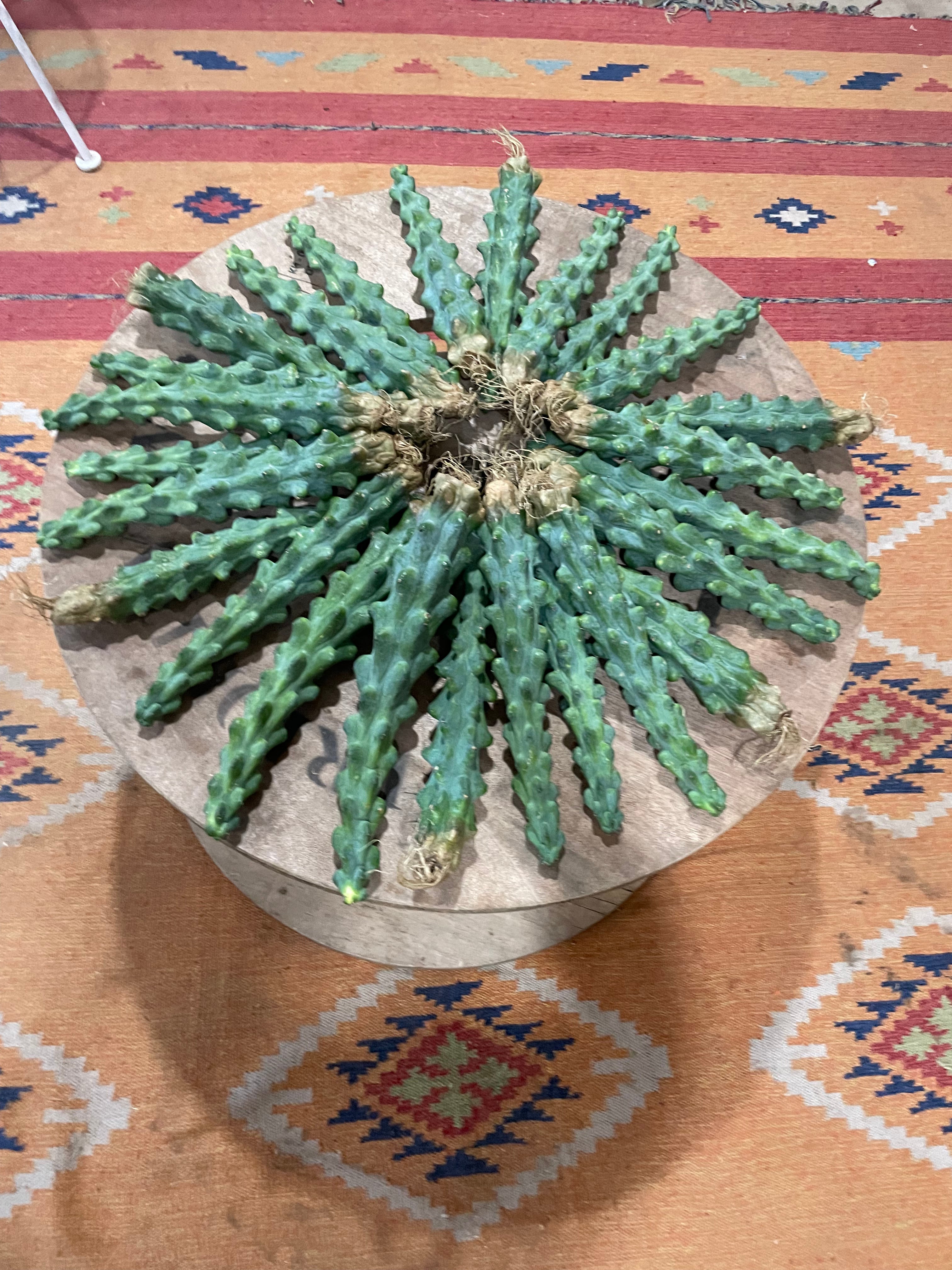
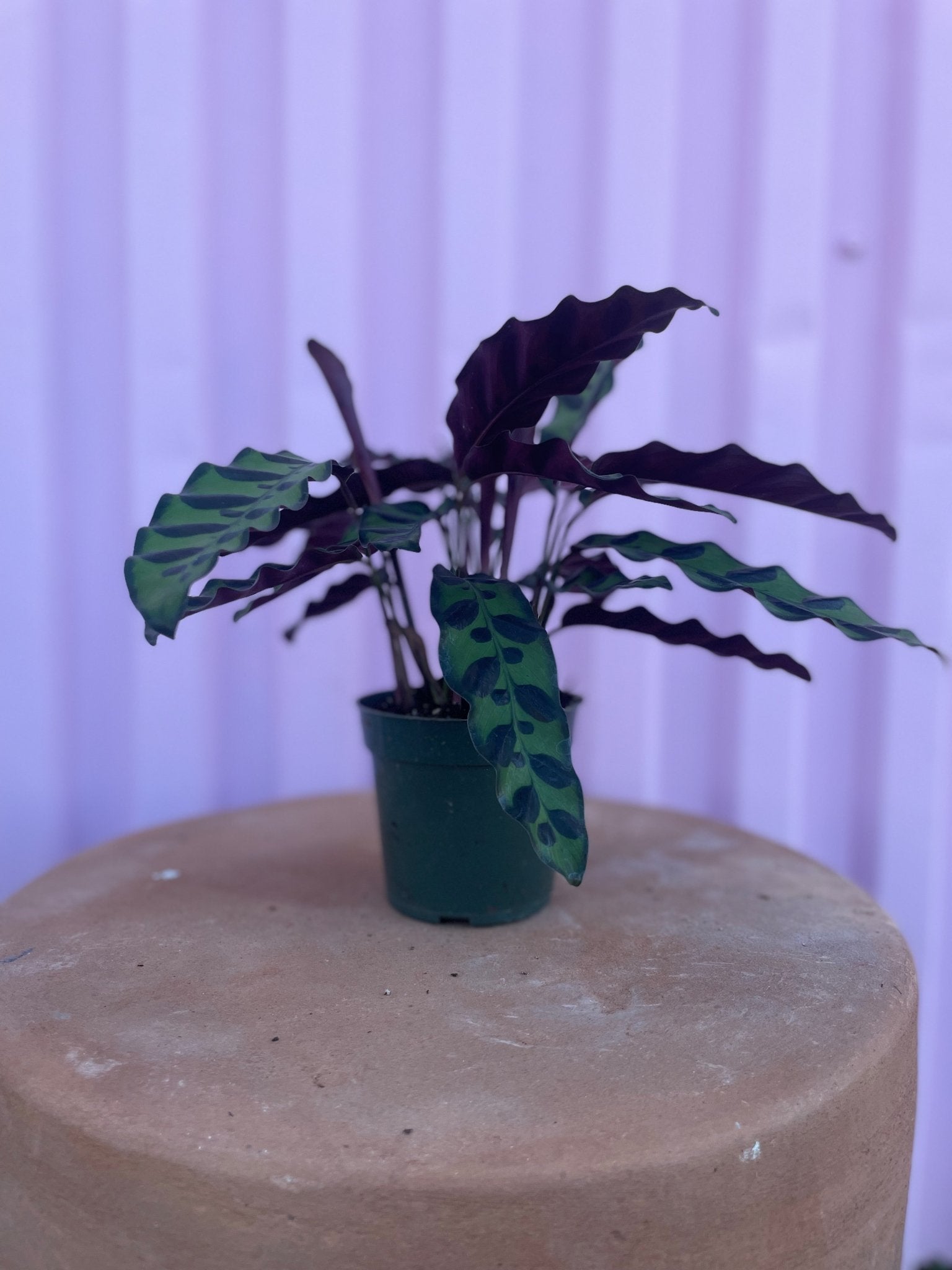
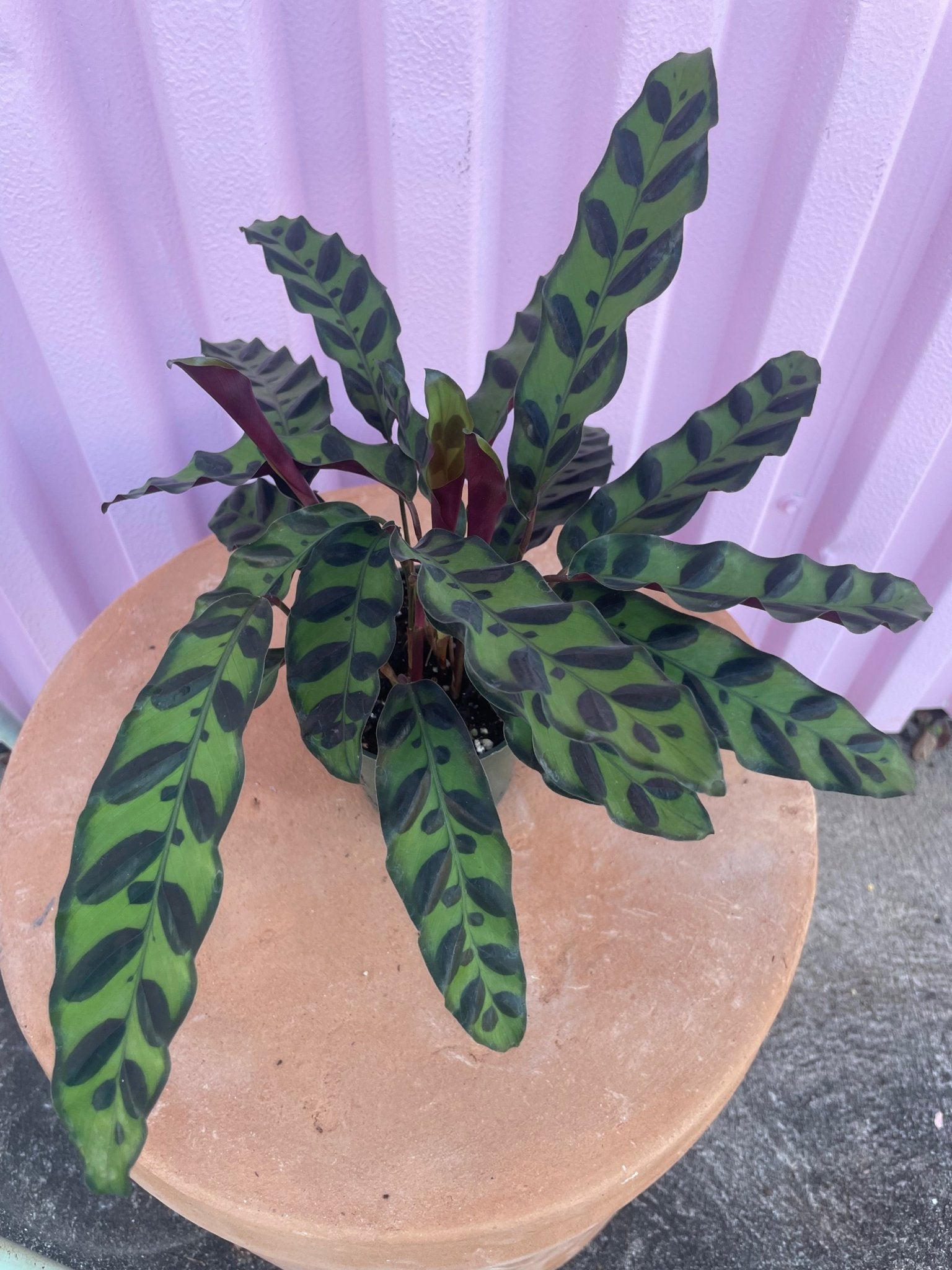
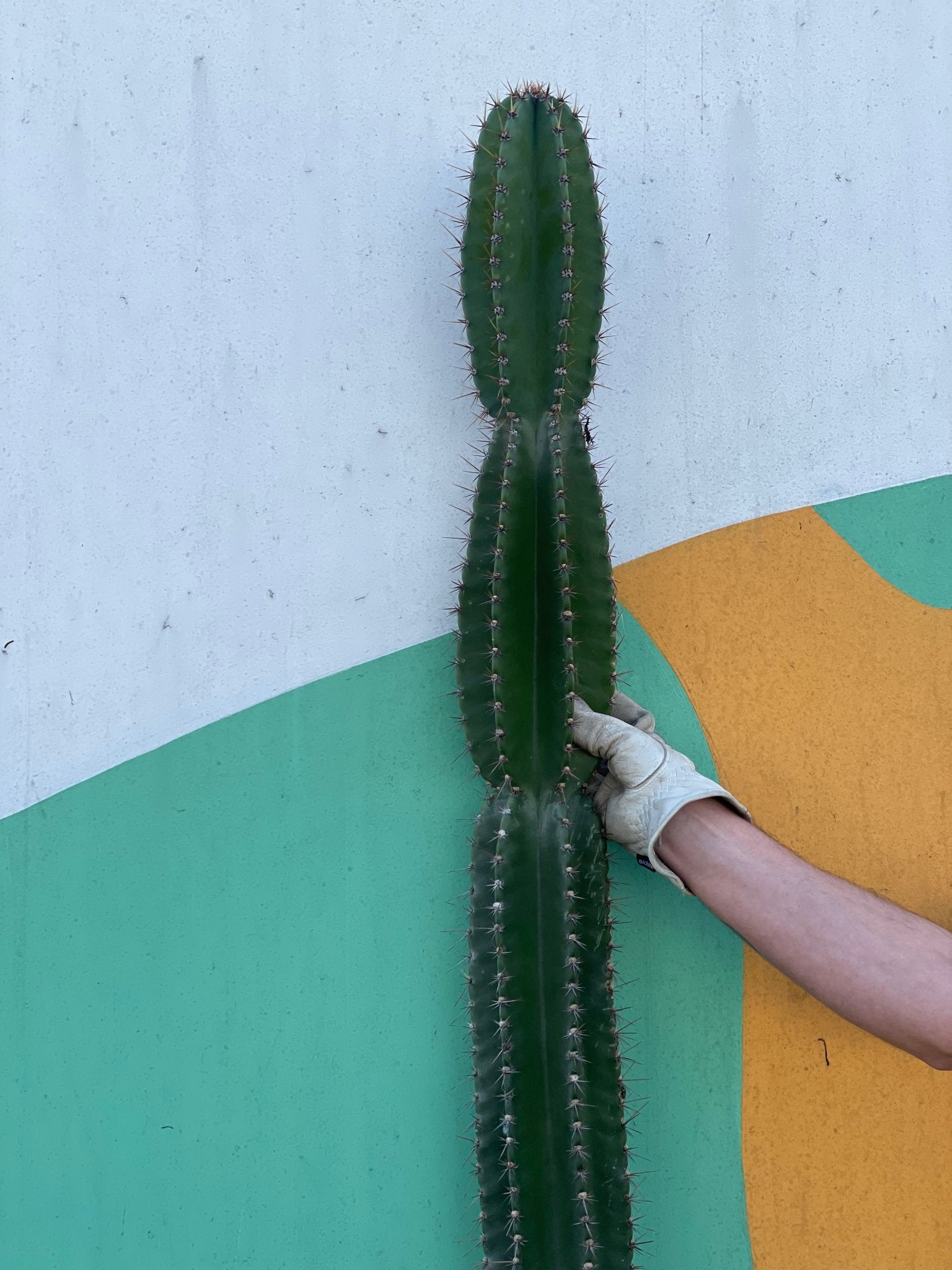
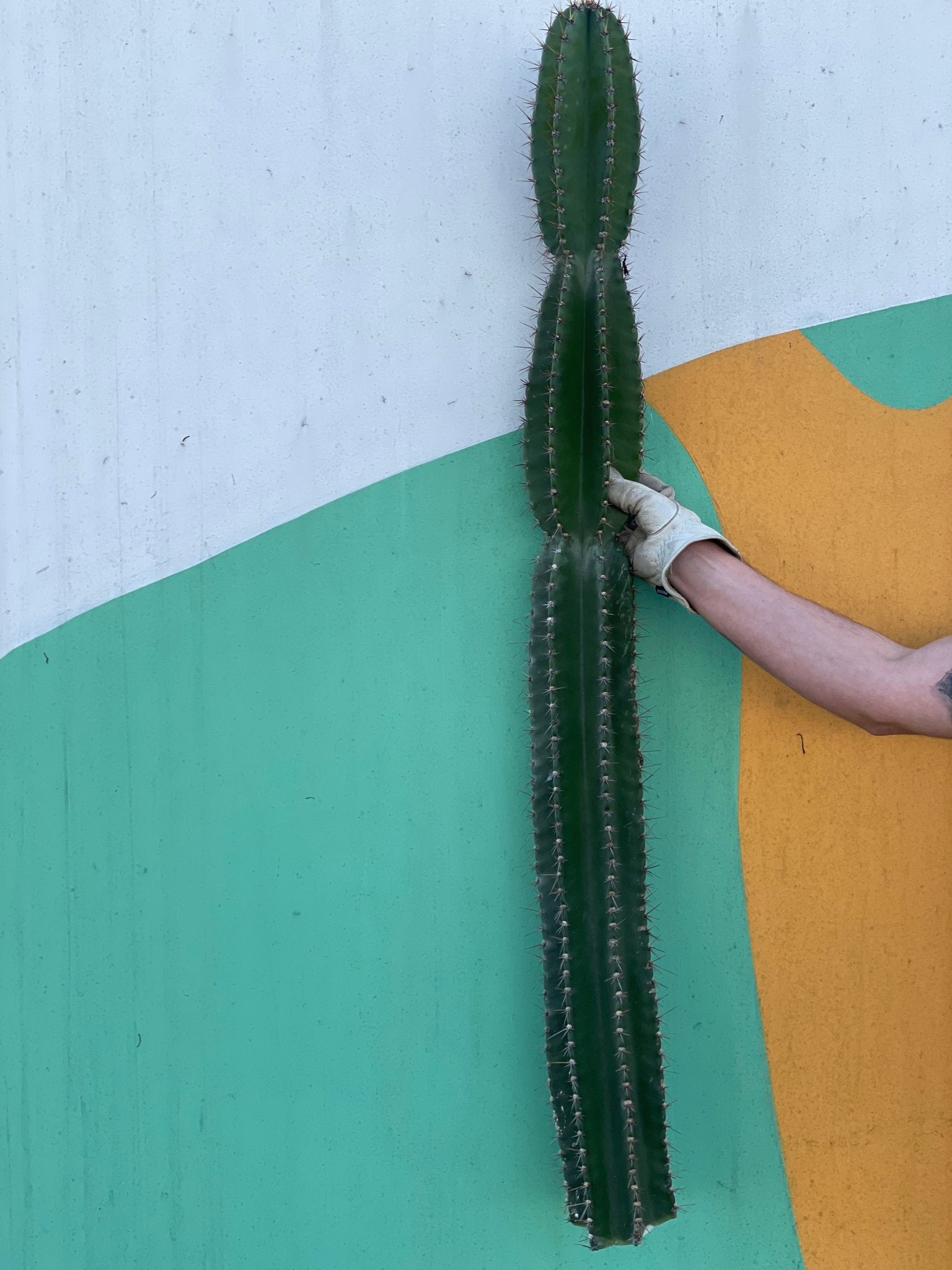
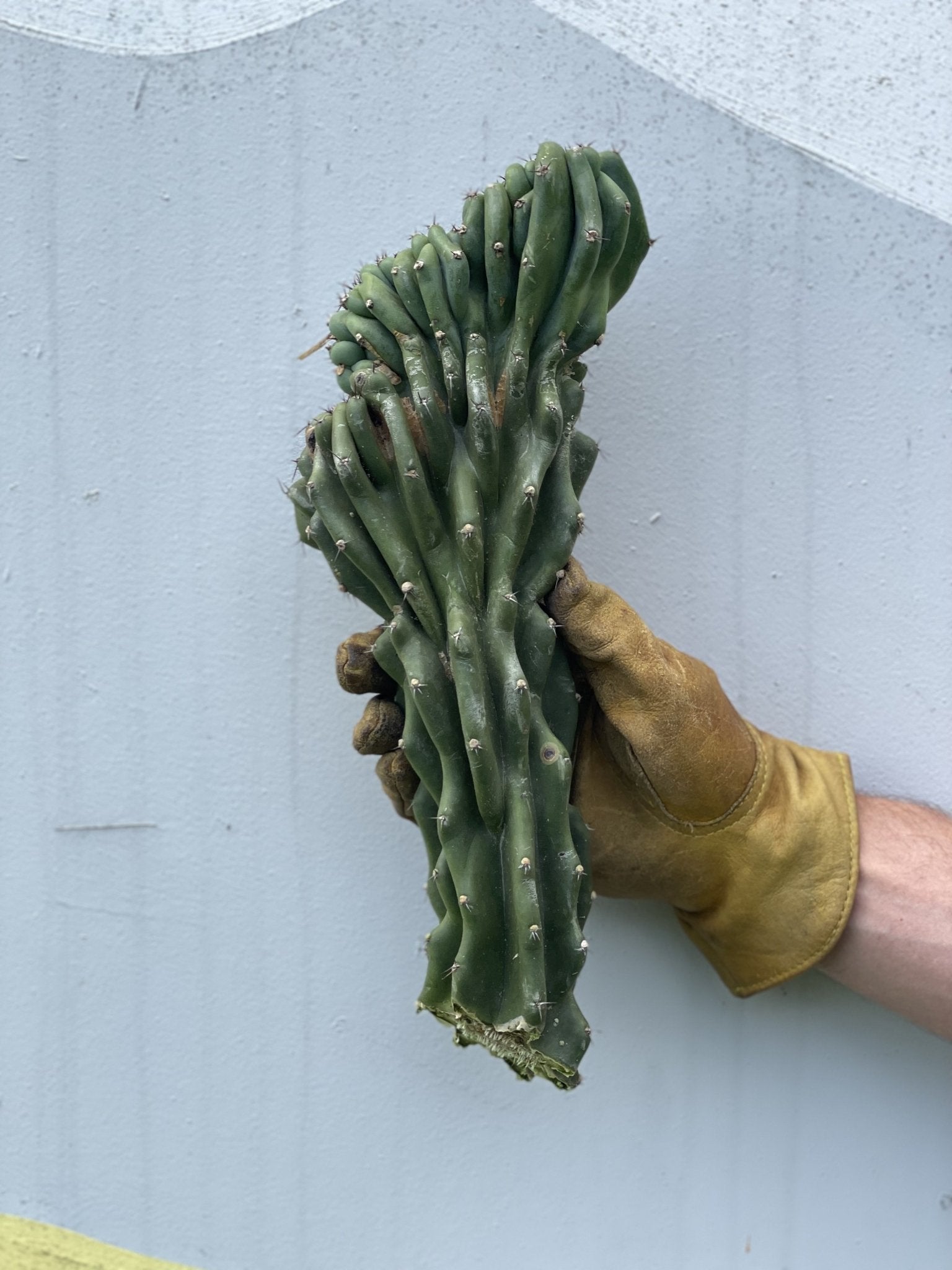
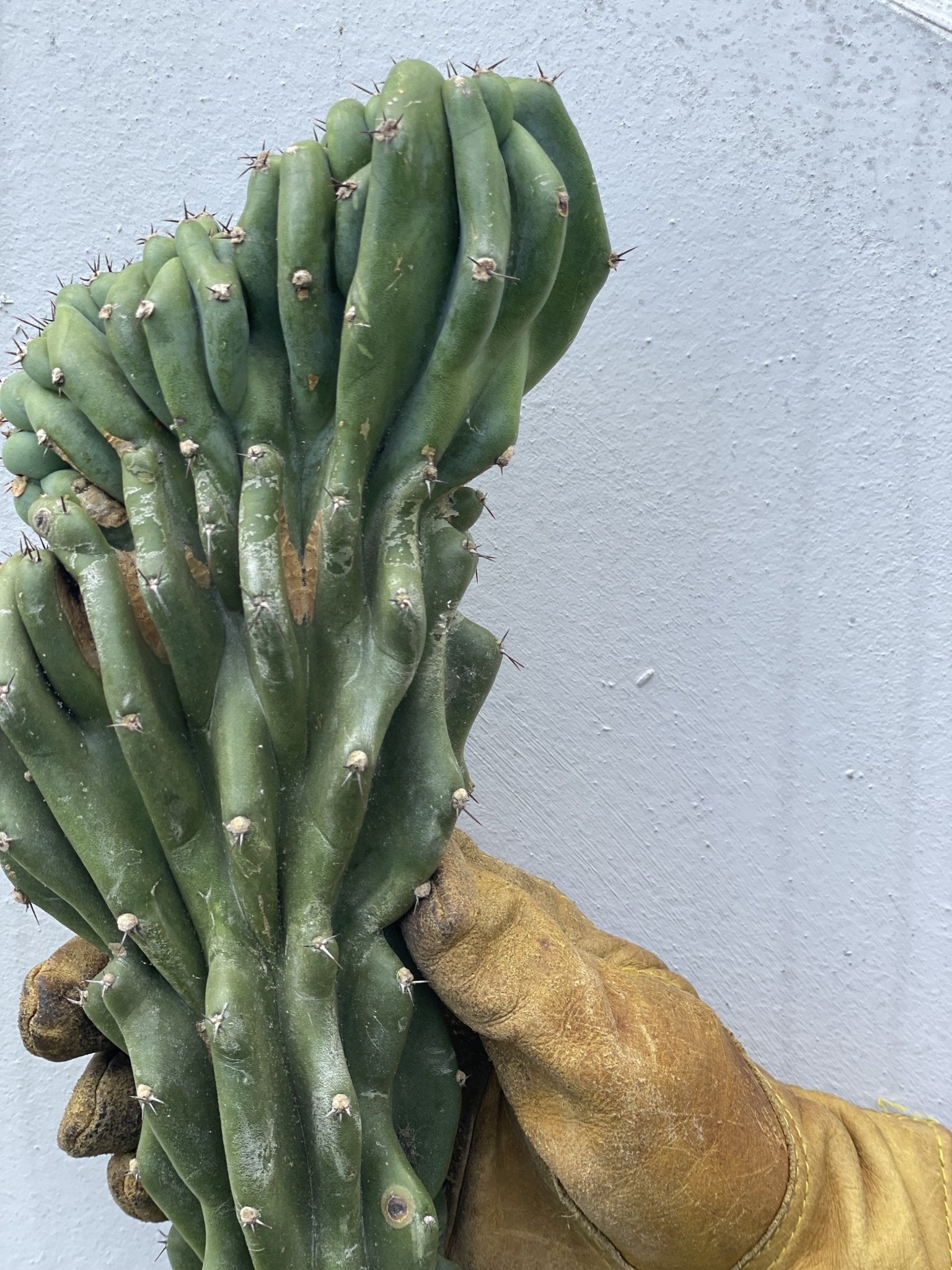


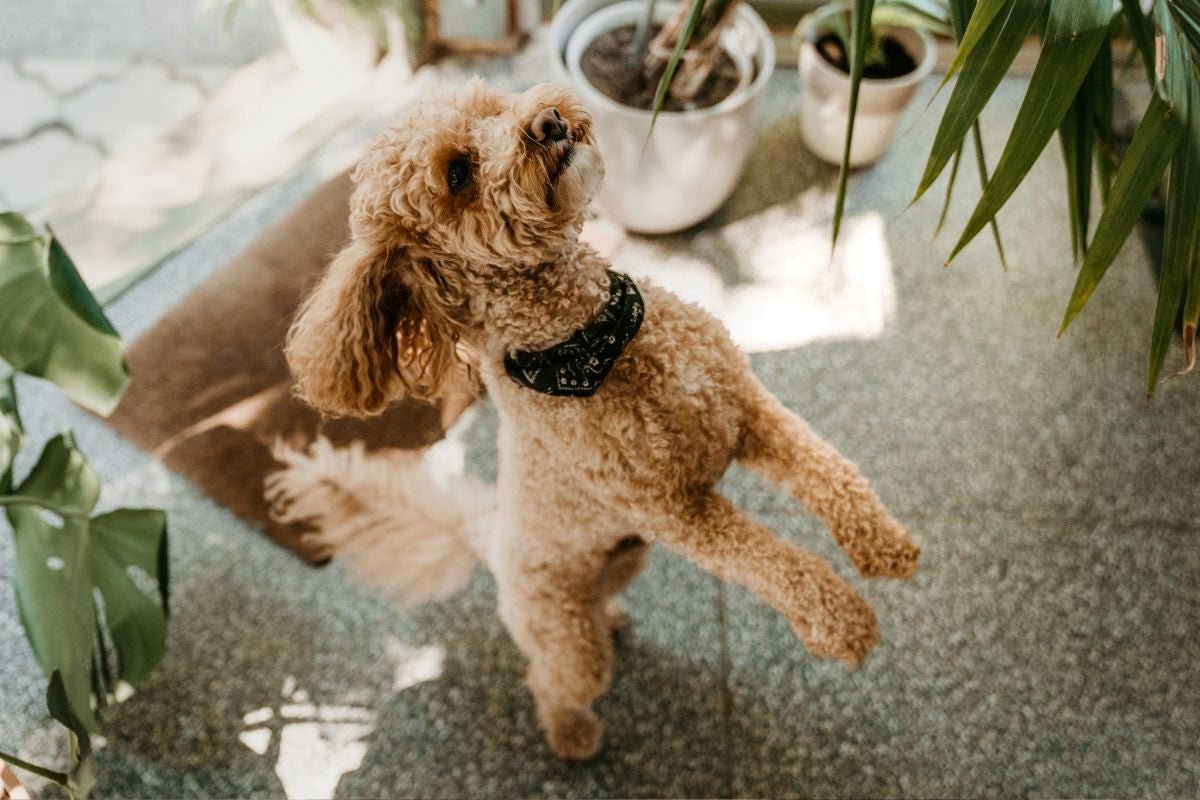
Leave a comment